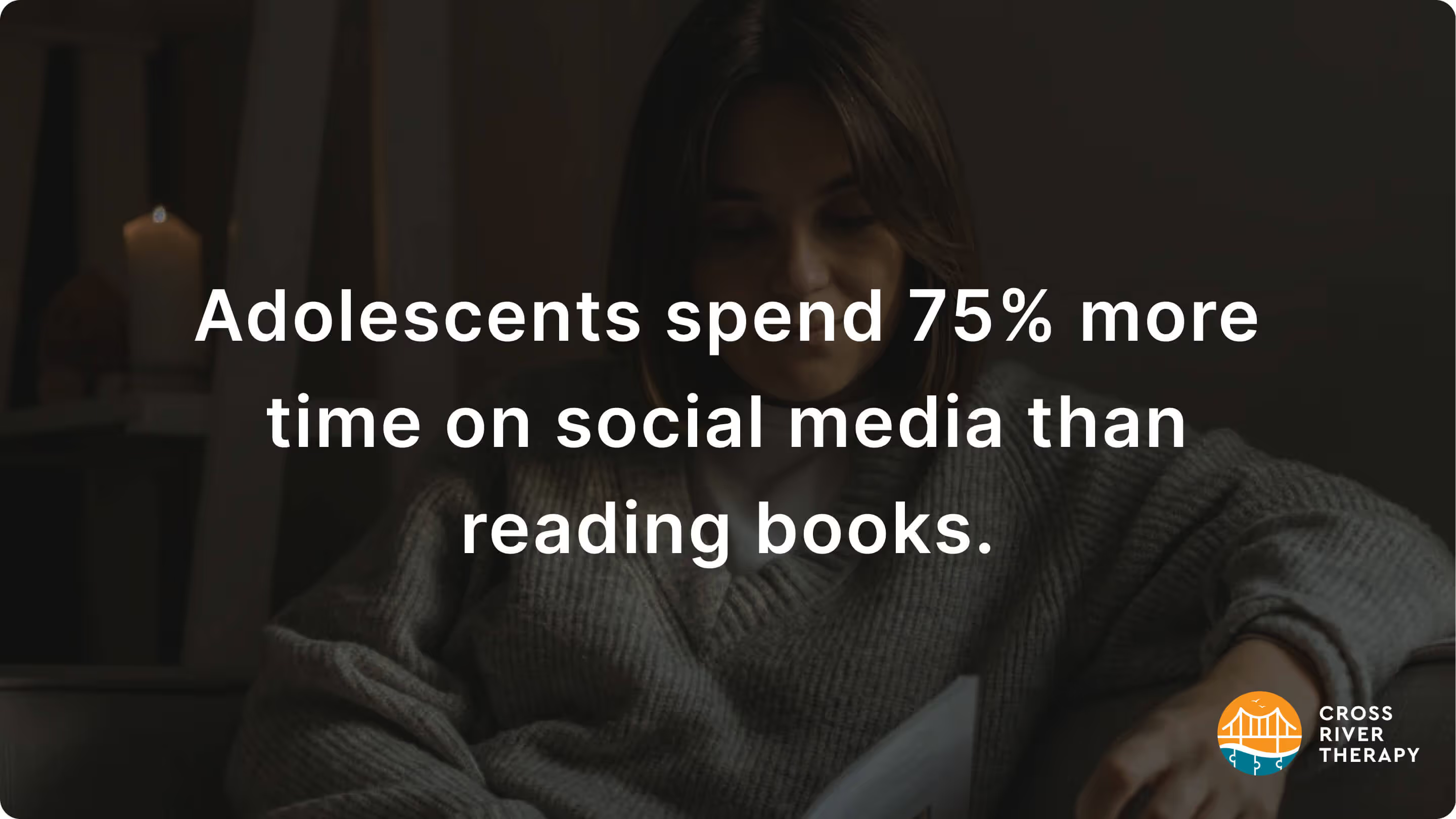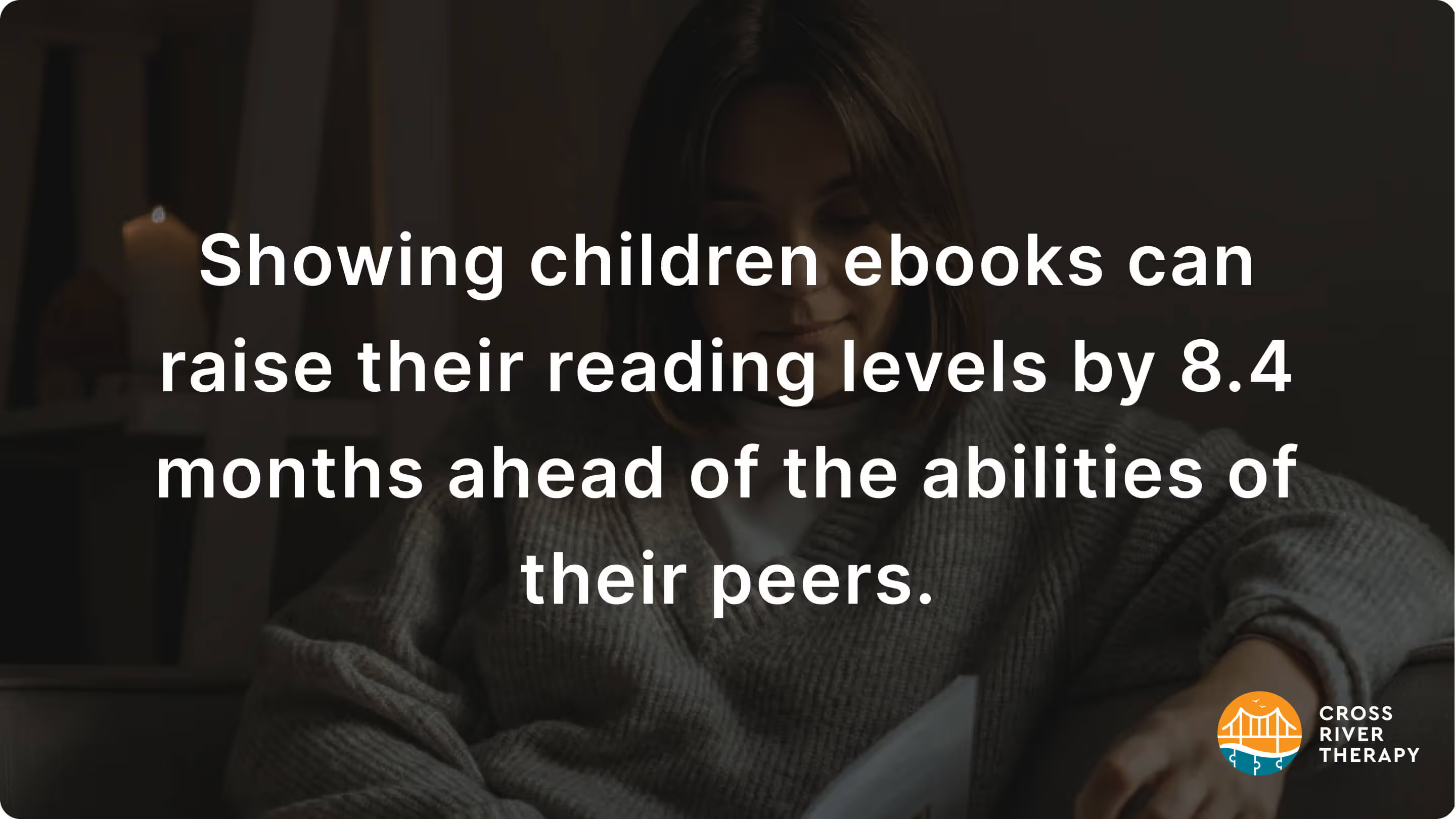39 Reading Statistics and Facts You Should Know
Here are the most fascinating reading statistics about books and reading that you probably don’t know.

Top 10 Reading Statistics
- There are 43 million adults in America that have low reading abilities.
- The average amount of books read by an American in a single year is 12.
- Americans between the ages of 15 and 44 only spend 10 minutes or less of their day reading books.
- In 2018, 27% of American adults didn't read a book at all.
- Just 6 extra minutes every day has the potential to increase the reading performance of children.
- Kids that read at least 20 minutes every day will have exposure to approximately 2 million words annually.
- 1 out of 5 kids in the United Kingdom can't read at their school level by the time they reach 11 years of age.
- Tthe average amount of audiobooks published each year has increased for the past 10 years, up to 74,000 titles in 2021.
- Reading fictional books are shown to increase better decision-making in people by 50% to 100%.
- Reading can boost emotional development and career prospects by 50% to 100%.

Statistics About Reading In The U.S.
- The literacy rate in the United States is 99%, but just 79% of people possess literacy skills at level 2 or greater. As a result, 21% of Americans have problems finishing tasks where information must be compared.
- The time that one spends reading while away from school and work is predicated on peer groups that are evaluated. Americans that are 75 and older read 200% more than people younger than they, who read an average of 44 minutes.
- Reading times in the United States have gradually declined, from 23 minutes per day to just 17 minutes.
- On the other hand, 17 minutes is also the average limit of fitness that's taken in by most American adults.
- Americans are reading at a fewer rate every year. Between 2004 and 2017, six minutes was the average decrease in time for which most Americans spend their time reading.
- The amount of Americans reading for entertainment purposes lowered from 28% to 19%.
- Reading statistics for teens indicate that 80% have no interest in reading each day for their entertainment.

- Between 2010 and 2018, teens not only spend less time reading books but less time watching television. As a result, over 60% of them have switched most of their free time activities to those involving access to social media.
- Adults that never went to college are less likely to read, with 44% of Americans with a high school diploma or less in 2019 never reading any books in the last year.
- 92% of adults that completed some form of higher education in 2019 read a book.
- The average number of books read by women in a year is 14, much higher than the American average.
- Americans that read more than four books every 12 months are reading at a rate that's higher than 70% of the country.
- The United States ranks 125 out of all 194 countries in literacy rate, which is called based on the number of people that can read and write who are over 15 years of age.
- According to research done by psychologists, adolescents spend 75% more time on social media than reading books.

Fun Facts About Reading
- If children read for an additional 6 minutes every day, their reading performance could increase by 100%.
- The change in reading rates from kids that do so at their grade level in comparison to kids that do can change by as little as six extra reading minutes every day.
- 80% of children have increases in specific areas of the brain when they're read to daily.
- Studies done with the help of pediatricians show a connection between reading a brain development, with 80% of kids having increased activity in the areas of the brain that pertain to language learning.
- Kids that read 20 minutes every day or more can learn upward of two million words annually.
- Kids that read for only five minutes every day take in just 282,000 new words every year.
- Children that take part in reading for 20 minutes a day or more have a greater chance of doing better on tests than 90% of their classmates.
- Showing children ebooks can raise their reading levels by 8.4 months ahead of the abilities of their peers.

- Based on a recent study, having access to e-books helped reading abilities, with the number of boys thinking that reading is hard dropping from 28% to 15.9%.
- The number of kids taking part in the study that liked reading paper books increase from 10% m to 40% in a short period.
- 83% of kids that are read to out loud either like or love such activities.
- In 2014, 73% of parents read to their children before they reached the age of one. This amount increased to 77% by 2018.
- 80% of children and parents think that reading aloud is a great experience. More than 92% of parents list reading as a special time for them to bond with their children.
- 18% of British children aged 15 cannot read proficiently. In Northern Ireland, the amount of 15%. In Scotland, it's 18%, with Wales reporting 21%.
Facts About Reading and Mental Health

- Greater satisfaction with life can be achieved by reading for 30 minutes every week.
- In a recent study, avid readers were found to be 10% more likely than people who don't read to have better self-esteem. However, this is raised to 18% of people who read for 30 minutes or longer being factored in.
- People that read for 30 minutes or longer every week have a 21% greater chance of increasing their knowledge.
- People reading for 30 minutes or greater stand a 27% greater chance of thinking it easier to socialize with others.
- In one study involving 294 participants, examiners concluded that people occupying their time with mentally stimulating activities, such as reading, are 40% less likely to experience cognitive decline in old age.
- Regular reading has been shown to lower stress levels by as much as 68%.
- 50% of people that read before going to bed have better sleep than people who don't read.
- More than 98% of people that read right before bed advise others to do the same.
Career-Boosting Statistics About Reading and Career Success
- Out of people making an average yearly income of $75,000, 86% of them read one or more books every 12 months.
- 70% of people making less than $30,000 a year admitted to reading one book a year, at the least.
- Adolescents that take part in reading during their free time understand 26% more words than their counterparts who don't.
- Adolescents that grow up in homes where books are a major way that families spend their leisure time understand 42% more words than teens who don't.
FAQ
How many books does the average person read in a year?
- The average amount of books read by an American in a single year is 12. However, the average for everyone is four. If more than four books are read by an individual, they'll manage to read more books than 50% of the entire population.
- 50% of American adults can't read books that are written for eighth-graders.
- Adults 75 and older read about 40 minutes every day, while adolescents read less than 10 minutes daily.
- 75% of Americans read one book within the last 12 months, meaning that 3 out of 4 Americans have read a book in the last year, showing no noticeable changes in rates since a decade ago.
What are the most-read books in the world?
- The Bible is the most-read book in the world, with 5 billion copies that are indicated as read by the Guinness World Records in 2021.
- The second most-read book in the world is The Works of Mao Tse-Tung, with 820 million copies sold and read, mostly in mainland China.
- The Harry Potter Series is the third most-read book in the world, with 500 million copies read and sold to people throughout the world in multiple languages.
When do kids learn to read?
Research indicates that most kids learn how to read at ages ranging from 6 to 7 years. In the US, this correlates to children attending classes at the first and second-grade levels.
Which country reads the most books?
India has the highest percentage of people that read books, with over 10 hours a week spent doing so by the average Indian citizen. Still, studies reveal that people living in Asian nations spend the most time hitting books.
Second to India is Thailand, with people spending up to 9 hours a week reading. China comes in third with 8 hours per week. As for Europe, Sweden has the highest weekly average for the continent. The United States ranks 23rd compared to the rest of the world.
How fast does the average American read?
The average reading speed for an American is 200 words per minute or wpm. In some studies, this climbs to 250 wpm, which is about one page every two minutes. College student fair better, averaging 300 wpm.
References
- https://www.pewresearch.org/fact-tank/2021/11/12/among-many-u-s-children-reading-for-fun-has-become-less-common-federal-data-shows/
- https://www.shsu.edu/academics/education/journal-of-multidisciplinary-graduate-research/documents/2016/WhittenJournalFinal.pdf
- https://www.ncbi.nlm.nih.gov/pmc/articles/PMC5105607/
- https://www.statista.com/topics/3296/audiobooks/
- https://booklinker.com/blog/audiobook-stats/
Recent News
Related articles
.avif)
100+ YouTube Statistics, Facts & Demographics
In 2023, YouTube has over 2.5 billion monthly active users.

39 Teacher Statistics And Demographics
Find the most up-to-date teacher demographics and statistics that'll surprise you.

Twitter Statistics for Social Media Enthusiasts [2024]
Explore compelling twitter statistics, user demographics, content engagement, and future predictions.
.avif)
89 TikTok Statistics, Facts & User Demographics
New TikTok statistics show that TikTok has quickly become one of the most popular social media platforms, with users spending an average of 52 minutes per day scrolling through videos.

Key Tinder Statistics You Need to Know
Dive into the world of Tinder statistics - revealing insights on user demographics, engagement, and global trends.
.avif)
49 Telehealth Statistics & Telemedicine Trends
Telehealth statistics show that the use of virtual care is 38 times higher than before the COVID-19 pandemic.

Teacher Salary By State: Highest-Paid Teachers By State
Today we'll breakdown a teacher's salary by state, as well as the highest-paid teachers by state.

121 Social Media Addiction Statistics Worldwide
Did you know that around 70% of teens and young adults in the US have a social media addiction?

57 Scholarship Statistics, Facts & Demographics
Did you know over 1.7 million scholarships are awarded annually? Keep reading to find more scholarship statistics.

Average Screen Time Statistics & Facts (Usage)
Did you know people spend 6 hours 58 minutes on screens everyday? Find more screen time statistics below.

59 Physical Therapy Statistics, Facts & Demographics
There are 578,565 people employed in the physical therapy industry in the US as of 2022. Find more physical therapy statistics and facts below.

Spotify Statistics: 79+ Intriguing Consumption Statistics in Music
Dive into the evolution of music with intriguing Spotify statistics; from user engagement to financial performance.

